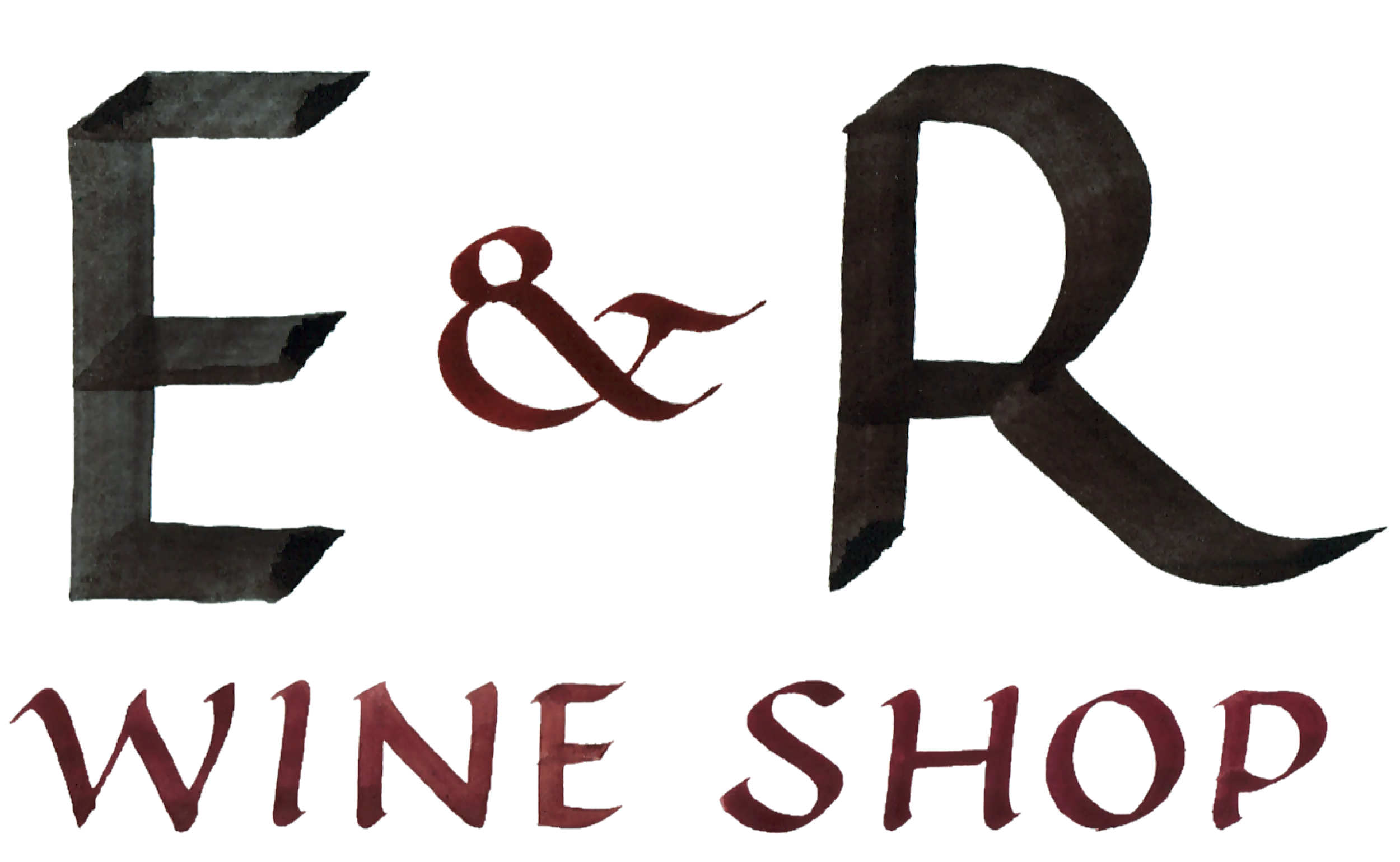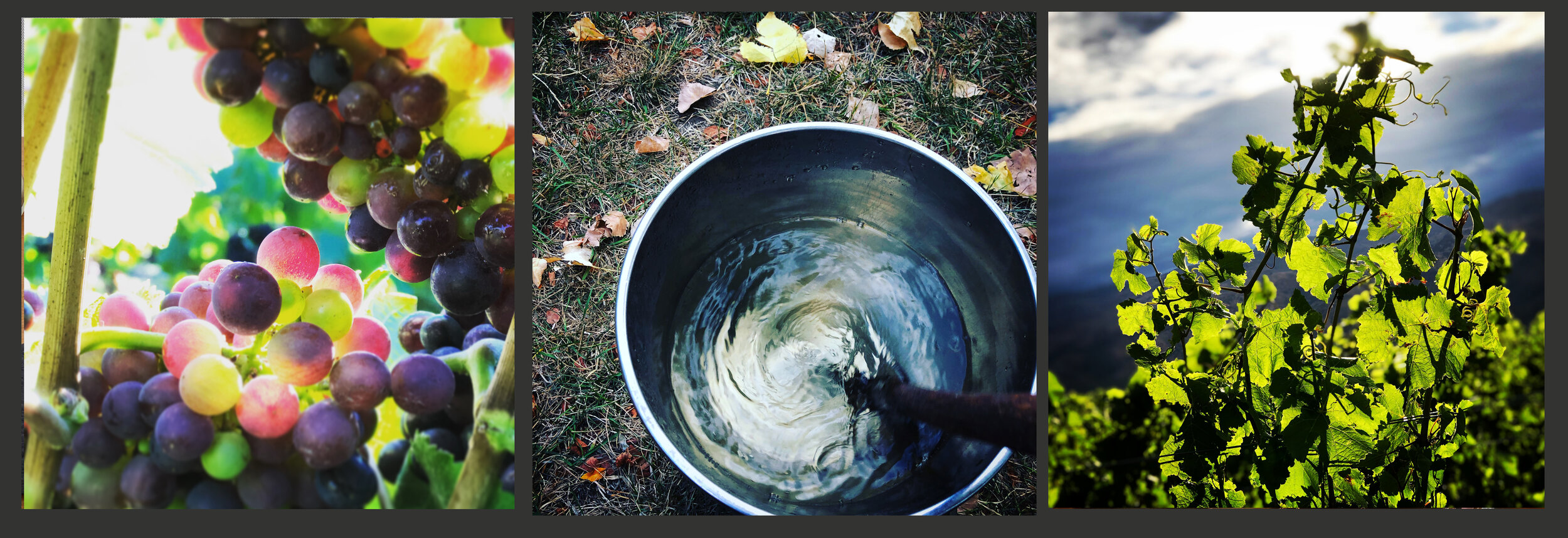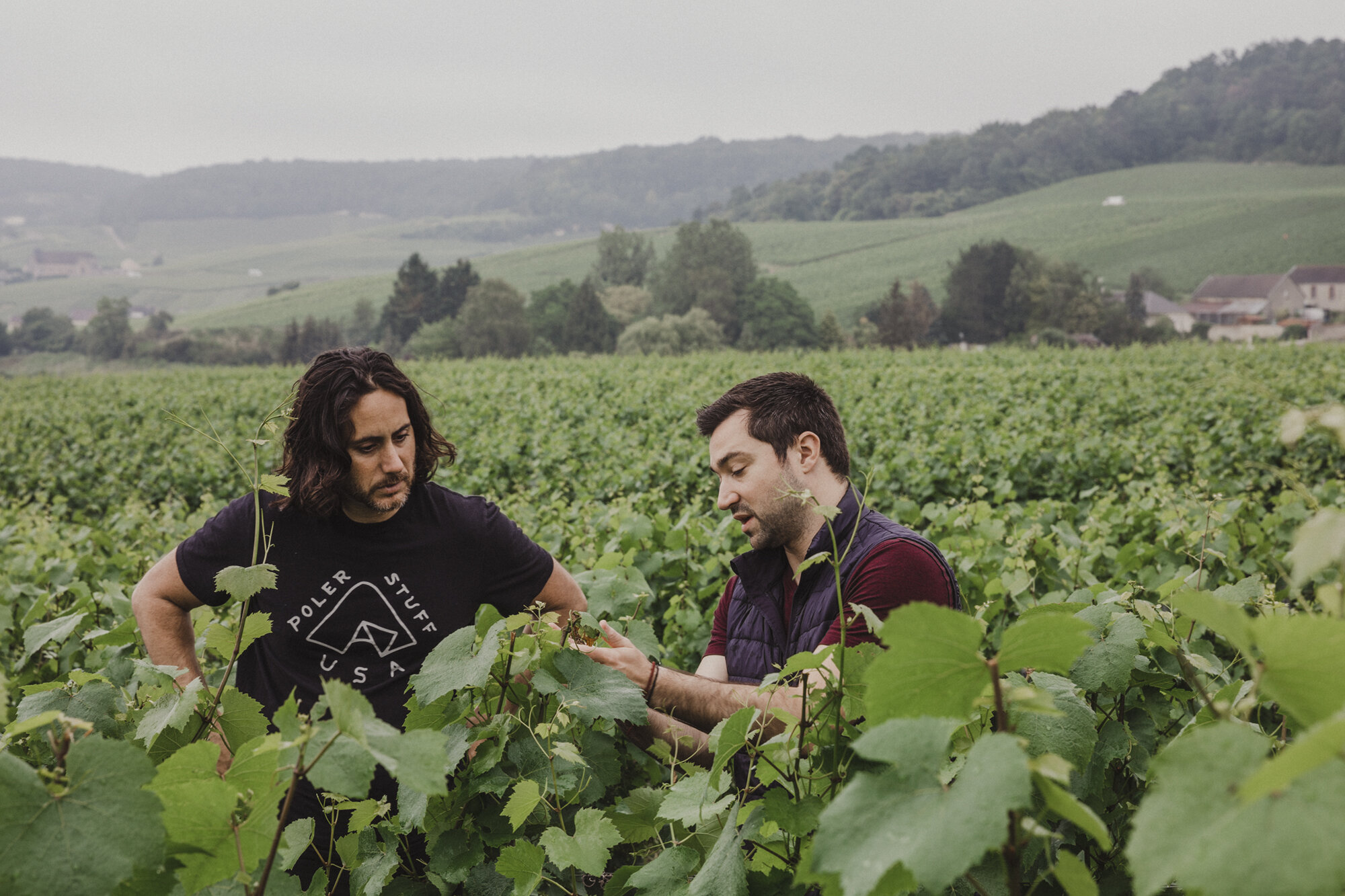WINE MINUS Ø - January 2021: Wine is Agriculture
WINE IS AGRICULTURE, LET’S RE-WILD
veraison, 501 prep, canopy reaching for the sunlight
After formally studying wine as a sommelier, Brian McClintic launched Viticole – an organic wine club featuring producers from around the world. In his travels and conversations with organic growers, he started to notice a pattern stretching from California to Eastern Europe - especially where wineries had harvest records going back for decades.
“The exact same grapes from the exact same vineyards, the exact same ripeness level are being harvested two, three, four, five weeks earlier across the board,” he says. The records indicated that growing seasons are shifting, and grapes are ripening earlier than ever before. “At that point you can’t ignore climate change.”
In search of answers, he began calling specialists, among them a NASA scientist who had studied winegrowing. By 2050, the scientist theorized, Napa cab and Oregon pinot would be “done.” Whether they will be or not, Brian knew that he needed to learn more about the factors that affect climate change.
Brian McClintic, photo cred -> Viticole Wine Club
After years of ongoing conversations with scientists, farmers, and winemakers Brian understands the significant problems we face in agriculture. The solution is at once simple and infinitely dynamic: to recognize that nature is in control; to reconnect with the land, and learn to ask questions about what it wants in order to make our cultivated spaces more wild.
Brian spoke with me recently about Andy Brennan of Aaron Burr Cider. In addition to farming a small, organic orchard, Andy forages from abandoned apple trees - remnants of the earliest homesteaders in New York. On a visit to his cider-orchard, Brian saw a fence and asked Andy whether it was intended to keep the deer out. “No,” Andy said, “that fence is to keep me out.” This was a space reserved for nature to work in her own time. The two walked together to the forest acreage behind the fence where Andy had been dumping his pear and apple pressings for the last ten years. “It is the rockiest poorest soil I’ve ever seen,” Brian says, “and there are saplings growing straight out of the rocks,” proving that this is truly land in which they want to grow.
“He’ll end up caging things that he sees popping up, but other than that there’s no influence in that wild area and eventually, what will it be in twenty to thirty years? It might be this thriving, wild space that he could give to the next generation, and it would be fairly bullet proof in terms of its resilience.”
B. McClintic + Etienne Calsac, photo by Lauren Hamilton
It takes a commitment to artistry over profit, Brian says, but even if only a small percent of a farm is dedicated to wild space “I think beautiful things will emerge. Especially if wine becomes a construct that is more than grapes - then the ideas are limitless. Not only are they limitless within the wine regions we know but if you extend past 30 to 50 degrees latitude, all of a sudden the equator comes into the game.”
He imagines co-ferments of tropical fruits and how that might bolster rural economies by creating jobs in agriculture, production, and tourism. He praises playful, creative producers in Vermont who are unfraid to use maple and dandelion and rhubarb in their fermentations. “It is that fearlessness that gives them authenticity,” he says. And he points out that social justice and environmental justice are the same thing. “If we are going to win the environmental movement, if we want to create diverse spaces in a cultivated setting - with trees and grapevines and all this flora and fauna, if we acknowledge that the more diversity we have the more resilient the environment, then the environmental movement itself has to be incredibly socially diverse.”
We have a lot of work to do. But when we consider that wine is a product of agriculture, and that agriculture can be more than monoculture, we see that our choice for wines grown using regenerative practices has broad implications. If we can support and foster diversity in our environment, both natural and social, what kind of world might we be able to build?
MIDNIGHT CORRESPONDENCE SELECTIONS, JANUARY 2021
Domaine Marcel Deiss Burg Le Vignoble Feodal 2009
“Deiss for instance, what really is compelling about it, and you could say this about Charles Lachaux in Burgundy as well, is that they’re starting to do brave things in regions that are spoken for, that have Grand Cru fruit. It’s one thing to do it in these ancillary regions where economic pressure and AOC regulations aren’t beating down your door, but for Marcel Deiss to plant fruit and nut trees every eight rows? The way he talks about agroforestry and how it supports the vines, he says that those fruit and nut trees share 25% of the DNA of the grapevines and so they are hard wired to work with each other symbiotically. What he says ends up happening is the fruit tree knows that it’s resilient enough to stay on the surface and knows that the grape vine has a harder time going deeper, so it creates pathways and basically lifts a curtain for the grapevines roots […] We’re just really scratching the surface of how to re-wild something.”
Coturri Hard Apple Cider NV
“That’s the beauty of this: if wine becomes a construct that is more than grapes, then the ideas are limitless. […] I don’t think it would take much for the world of wine to change in a fundamentally fascinating way.”
Thomas Niedermayer Solaris 2017
”It is that fearlessness that gives them authenticity because very few people are willing to go down that path.”
SKINNY DIPPING IN THE WATERTOWER SELECTIONS, JANUARY 2021
Bergianti PerFranco Rosato Frizzante 2019
Fanny Sabre Cuvee Anatole Pinot Noir Sainte-Marie-la-Blanche IGP 2019
Click on each wine for more detail.



